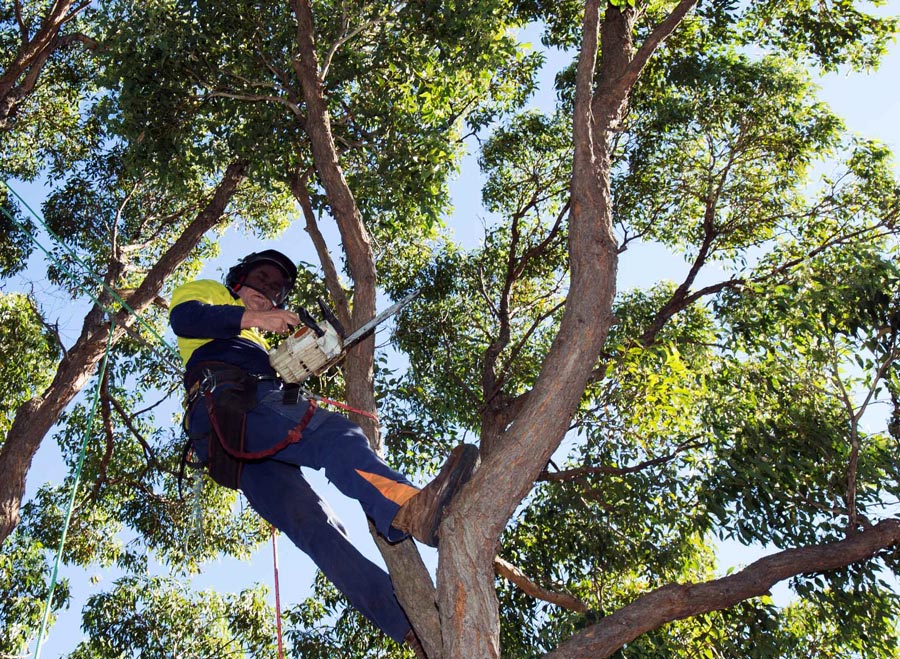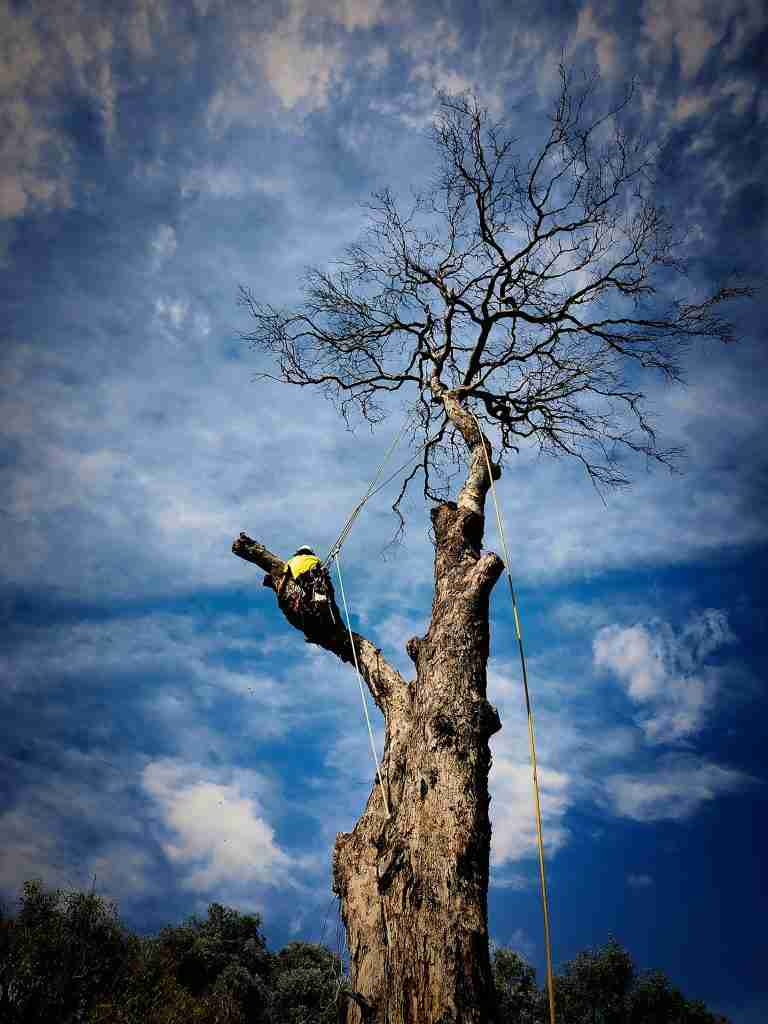All Categories
Featured
The removal of trees can develop open areas that are at risk to weed invasion. When trees exist, their thick covers typically color the ground, limiting the quantity of sunlight that reaches the soil. However, after the removal of trees, these open areas get enhanced sunshine, supplying optimal conditions for weed growth.

They might suggest the usage of compost, which acts as a safety obstacle on the dirt surface, avoiding weed seeds from germinating and reducing weed growth.

The existence of trees cultivates a rich and diverse neighborhood of dirt microorganisms. Tree origins give a resource of raw material, exudates, and nutrients that support the development and activity of helpful soil bacteria. When trees are removed, the absence of their roots can disrupt the fragile equilibrium of the soil's microbial ecosystem.
How Much Does Full Service Wollongong City Council Tree Removal Cost?
This change in pH can influence vitamins and mineral availability, microbial activity, and total dirt health. To attend to the effects of tree cutting on soil pH, tree removal professionals can provide useful suggestions. They may advise soil testing to assess the existing pH degrees and figure out the required changes. Based upon the results, experts can suggest pH modification techniques, such as including lime to elevate soil pH or incorporating elemental sulfur to reduce it.

It refers to the compression of dirt fragments, resulting in lowered pore area and enhanced dirt thickness. This compaction can adversely affect the soil's capacity to work optimally, influencing its water-holding capability, nutrition accessibility, and origin infiltration. Proper strategies employed by tree removal experts can aid minimize compaction and protect the dirt's ability to maintain water, and permit for sufficient air movement and cautious devices handling.
Latest Posts
Who Is The Best Tree Arborist Wollongong Company?
What Is The Best Tree Services Wollongong Business?
How Much Does Tree Cutting Wollongong Service Cost?